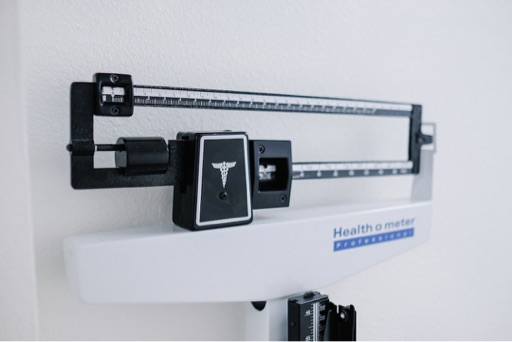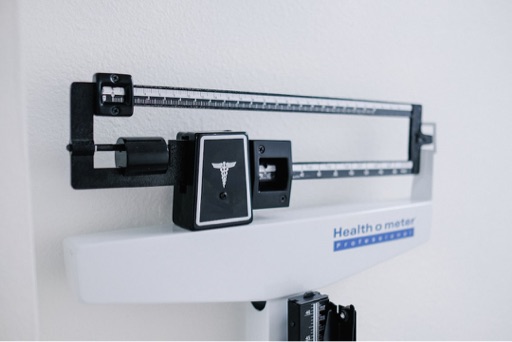When Nancy Irwin, 69, saw how well intermittent fasting helped a couple of her friends lose weight, she decided to give it a try. The Los Angeles psychologist wanted to drop a few pounds and reduce the amount of fat around her midsection. She also had a more serious concern: “I’m insulin resistant and could kick into pre-diabetes if I’m not really mindful.”
Intermittent fasting involves restricting food to certain hours of the day or days of the week. There are different ways to go about it. Irwin settled on a daily regimen in which she eats only between noon and 7 or 8 p.m. “The beauty of this program is you choose your window,” she says, adding, “I’m really not hungry in the mornings.”
Irwin shed 13 pounds — impressive — but she is especially delighted with the other outcomes. “I sleep well, have energy and my skin glows,” she says. “I wouldn’t say my belly is as flat as when I was in my 20s and 30s, but it’s way better. My clothes hang better, and I’ve lost a dress size.” Significantly, she now finds it easier to keep her A1C level — a measure of blood sugar over time — in the normal range.
While weight loss trends come and go, intermittent fasting seems here to stay. A growing body of evidence shows that the approach has benefits beyond weight loss. It seems to help with a slew of other health problems faced by many people 50+.
Fasting Cautions
Intermittent fasting has a good track record for older adults thus far, but it’s not for everyone. Restricted eating may be unwise for people who:
- Need to take medications with food at specific times of day to avoid nausea or stomach irritation
- Are on heart or blood pressure medications, as they may have imbalances in potassium and sodium
- Have a history of eating disorders
- People with type 2 diabetes who take insulin need to work closely with a dietitian or healthcare provider.
A multitude of benefits
In studies of one to two years, we’ve seen weight and fat loss, metabolic health improvements, particularly [type 2] diabetes, and improvements in memory and physical function.
Variations on the practice include time-restricted eating, usually eating within a window of 8 to 10 hours a day; alternate-day fasting, eating normally every other day while restricting calories to 500 on the alternate days; and the 5:2 diet, five days of eating normally and two non-consecutive days of restricting calories to 500. That might sound extreme. Is it safe for people over 50? The answer seems to be mostly “yes,” and there’s a lot to recommend it.
For instance, in a recent study in the journal, Experimental Gerontology, 108 overweight men and women, 65 to 74, either practiced six weeks of time-restricted eating or got educational materials. The vast majority of the fasting group was able to avoid eating for 16 hours (from 8 pm to 12 noon the following day). That group significantly lowered their body mass index, or BMI, without decreasing their bone density, which can be a risk when losing weight.
Inflammation is a potential culprit in dementia as well. And new data reported in 2024 in Cell Metabolism suggest that strategic fasting may defend the brain against cognitive decline.
Although most people who try intermittent fasting do so to shed pounds, there are clearly other perks that seem to be independent of the weight loss. That means cells appear healthier and even biologically younger in people following this type of diet, as reported in a study in Nature Communications in 2024.
Changes at the cellular level, not all of which are understood, seem to produce the positive outcomes associated with intermittent fasting. For example, fasting raises levels of a chemical in the body that activates longevity genes known as sirtuins. Sirtuins protect against disease, boost the repair of DNA, and quell the inflammation behind arthritis, atherosclerosis, asthma and other chronic conditions.
One study that got lots of attention in early 2024 suggested that intermittent fasting may cause heart problems. But it’s been widely questioned as being a look-back study based on only two days of self-reported food logs.
Experts stress that any fasting routine should be accompanied by exercise. “People who become inactive quickly lose muscle mass.” AARP experts recommend brisk walking 30 to 45 minutes every day and simple strength training exercises to maintain your muscle — a particular concern for older individuals.
The easiest thing for most people to do is time-restricted eating, as opposed to, say, 5:2 intermittent fasting, where two days a week you eat hardly anything.

Source: AARP





